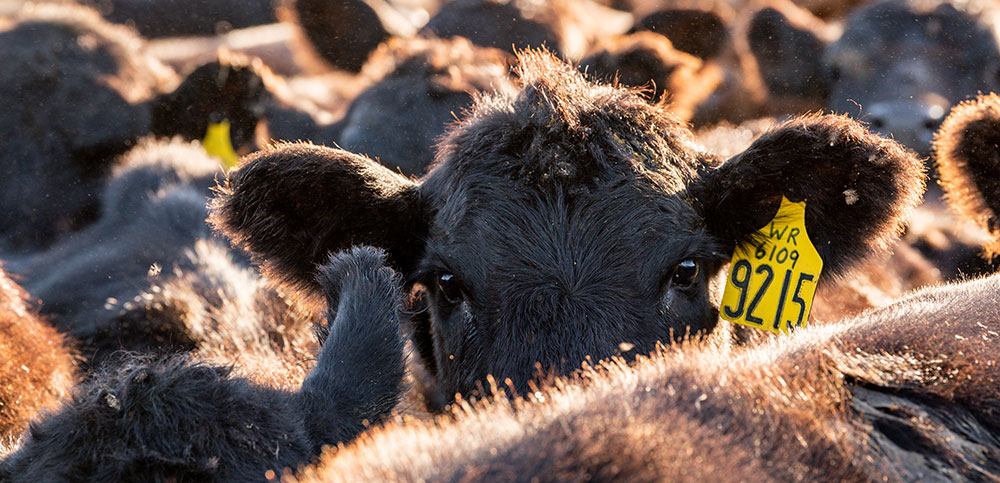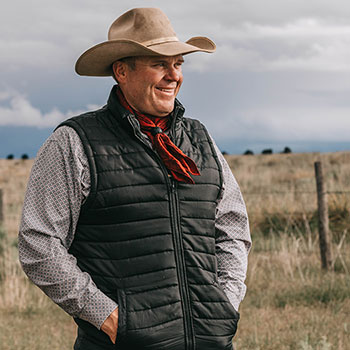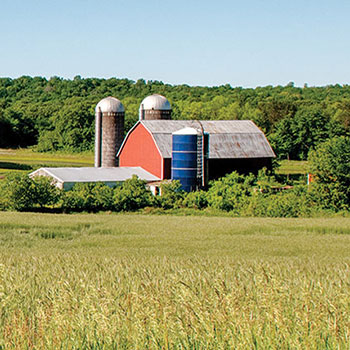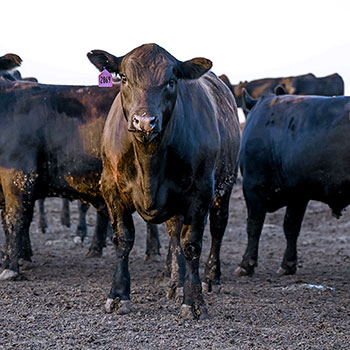
Promoting Growth and Grade
Pritchard talks implant dos and don’ts.
When it comes to growth implants in cattle, animal scientist Robbi Pritchard only worries about three things: getting enough premium if you’re not using them, using them wrong and using them with too little insight.
“Using them without sound technical advice, you can ruin a bunch of carcasses, no doubt about it. Using them wrong and running out of gas can cost you a lot of money in cost of gain,” says the longtime South Dakota State University ruminant nutritionist. But if used correctly, “you can have all of the performance and all of the final product value you want.”
What exactly is “used right?”
Pritchard says the answer depends on everything from the type of cattle to the quality of working facilities.
It’s not one-size-fits-all, but it can work for most cattle.
When someone says they have better genetics that don’t need an implant, they’re wrong, Pritchard says.
 |
When someone says they have better genetics that don’t need an implant, they’re wrong, says Robbi Pritchard. |
“For sure, if you’re going to go implant-free, you want superior genetics; that’s a slam dunk. But to say that we can come up with genetics that remove the need for them, not so much,” he says. “The person who told you that may not realize how implants really work, because the better the genetic growth potential, the bigger the absolute daily response to the implant.”
A moderate-potency implant boosts daily gains by about 15%. That’s 0.3 pound (lb.) on calves gaining 2 lb. per day, but 0.6 lb. “if you have superior genetics that are gaining 4 lb. a day,” he says.
With that kind of growth potential comes the need to match nutrition that will keep up with an implant.
Maybe that’s the reference. Maybe, he suggests, some producers are saying, “My cattle can eat enough and grow fast enough that if you give them an implant, the management plan doesn’t keep up.’’
When it comes down to the bottom line, implants usually win.
With a wide Choice-Select spread and cheap feed, the base carcass grid price for nonimplanted finished cattle would need to bring $11 per hundredweight (cwt.) above the base for conventional cattle to make up for the weight their implanted contemporaries gained. That gets even steeper as quality premiums diminish or feed gets more expensive.
Two decades of experience and dozens of research trials suggest an implant at branding or “turnout” has no impact on grade, but the weight added at weaning shows up on the rail. That extra 25 lb. of weaning weight adds 8 to 10 lb. of carcass weight.
Estrogenic-based implants do increase frame size.
“That’s one of the problems we had a long time ago with implants in cattle not grading,” Pritchard says. “We kept backgrounding them like they were smaller-frame cattle, but when we put the implant in their ears, we just turned smaller-frame cattle into a bigger-frame animal but didn’t feed him accordingly — and that’s where we would lose the grade.”
Implant strategy on the ranch all depends on the marketing strategy: when you’re selling, who you’re selling to, and how you’re weaning and growing the animals until delivery.
Pritchard offers several if/then scenarios:
- “You don’t want to sell a calf that has an implant that isn’t mostly depleted,” he says. If the buyer gives another implant and basically doubles up, that’s where carcass quality will suffer, and discounts will ensue.
- “If you’re going to carry those calves over to grass, don’t implant them,” Pritchard says. “You didn’t want them to grow; why give them a growth promotant?”
- “If you’ve got a creep feeder out there, please implant the cattle. Otherwise, you’re just selling me more fat,” he says.
- Don’t implant calves on weaning day. For a few days after weaning, they struggle to take in enough calories to gain weight, much less support an implant.
- If you’re going to implant cattle, deworm them, he says, noting internal parasites decrease feed intake. “Depressing intake and stimulating growth are counterproductive when it comes to carcass quality.”
- If you’re downsizing your cows’ mature size, think very seriously about implanting.
- “Get your day count right, because if you run out of implant everything’s going to go backward. If you’re too short or you overlap them, you’ll create problems,” he says.
- “There’s no upside to overdosing. There’s this American thing: if something’s good, more is better. However, there are limits,” he says.
Other options include use of a long-acting vs. a traditional implant, he says, calling them as different as a crescent wrench or a box-end wrench.
“Which one’s better? Whose toolbox doesn’t contain both?” he asks. “Everybody has both of them because there’s a place for both of them.”
Consumer acceptance of the technology is a consideration, but Pritchard says it fits the sustainability narrative.
“They do reduce the amount of labor per serving of beef. They also reduce the carbon footprint per serving of beef,” he says.
Moreover, implants let cattlemen keep cows matched to their environments and still produce calves matched to the market.
After all the considerations, it comes down to a couple of linked points, Pritchard says. “Weight without quality is problematic, but quality without weight is unprofitable.”
Editor’s note: Miranda Reiman is the director of producer communications for CAB. Photos courtesy CAB.




